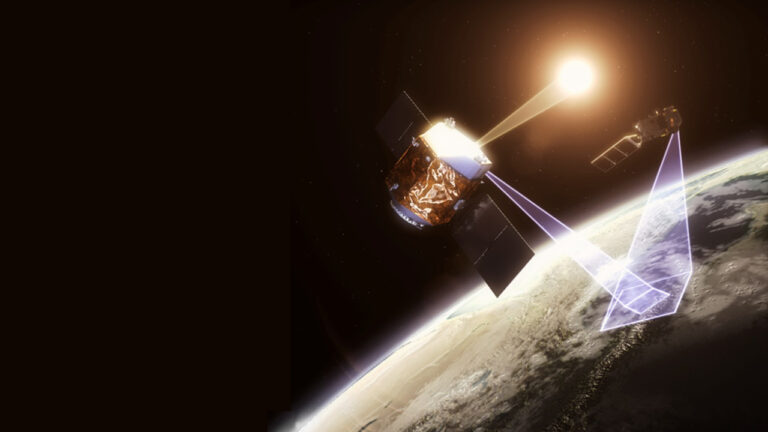Representatives from five European countries met at the European Centre for Space Applications and Telecommunications to discuss the TRUTHS satellite mission.
Members from the UK, Switzerland, Czech Republic, Greece and Romania met in Harwell, Oxfordshire, UK, to discuss the climate mission supported by the National Physical Laboratory’s capability and expertise in measurement science.
In November 2019, the UK Space Agency agreed to invest £374m (US$485m) to deliver international space programs with £200m (US$261m) invested in Earth observation missions including the TRUTHS (Traceable Radiometry Underpinning Terrestrial and Helio Studies) satellite mission.
TRUTHS will set a new benchmark for fundamental climate data and remove biases from existing sensors, helping to ensure long-time-base studies of key parameters that impact our understanding of Earth’s systems and how they are changing.
These include the carbon cycle, monitoring health and capacity of natural sinks of carbon dioxide, as well as performance and consistency of the planned future constellation of greenhouse gas monitoring satellites.
A key objective of TRUTHS is to create a “climate and calibration observatory in space” to reduce uncertainty of Earth-observing data, to improve confidence in decision making, particularly for climate mitigation and adaptation strategies.
TRUTHS is 10 times more accurate than current Earth-viewing satellite instruments and can calibrate the reflectance of stable targets like deserts and the moon. It will also allow historic sensor data to be calibrated and the climate record to start earlier.
TRUTHS will be the first mission to include a primary radiometric standard as part of its onboard calibration system. The satellite data will be directly downloaded to a single receiver station likely to be in Svalbard and then transmitted to a data processing center in the UK.
Prof. Nigel Fox of the National Physical Laboratory said, “The TRUTHS mission can be thought of as ‘putting NPL into space’ a ‘gold standard’ reference which will enable SI traceability to be established in space for Earth observation data in the same way that we do for other terrestrial products and services such as time, mass and length, leading to increased trust in Earth observation, as well as climate data and services.”



